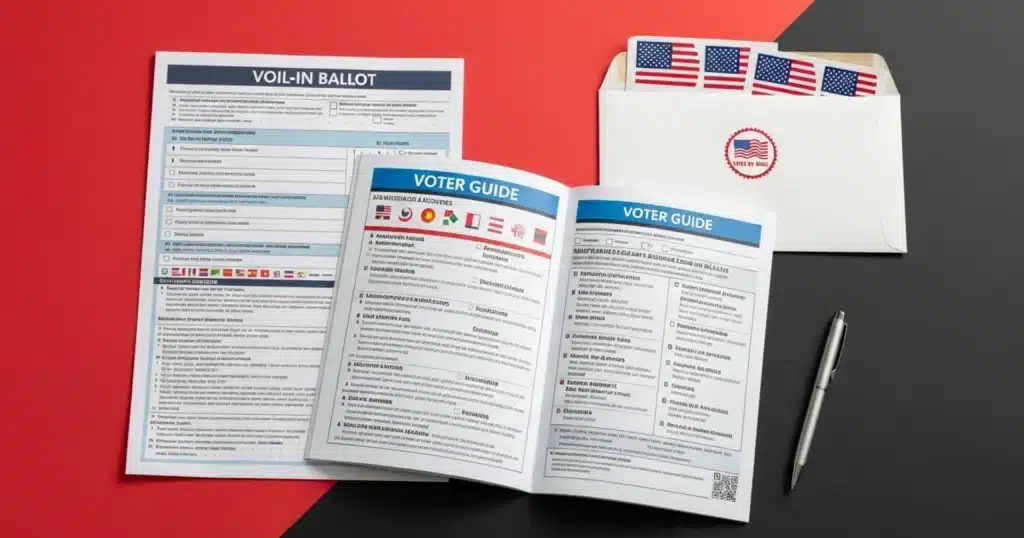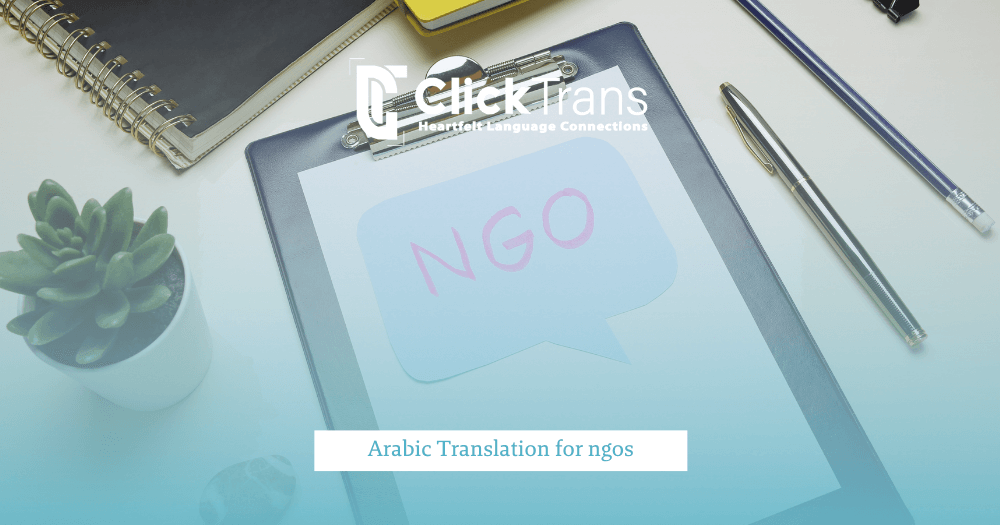Table of Contents
A voter walks into a polling station, ready to take part in an important decision, only to find that nothing is in a language they understand, the result? They leave without voting.
This happens more often than many realize. When election information isn’t available in multiple languages, people get left out of the process, not because they don’t care, but because they don’t have access.
That’s why language justice in elections matters. It’s about making sure everyone, no matter what language they speak, can take part in elections fairly and fully.
In this article, we’ll explore all the information related to language justice and elections language access.
Understanding Language Justice in Elections
Voting isn’t just about showing up; it’s about understanding the process, the candidates, the issues, and your rights.
This is why language justice in elections is all about fairness. It means every voter is able to take part in elections, regardless of the language they speak.
When elections are truly accessible, communities become stronger, more informed, and more included in the decisions that shape their lives.
Simply put, language justice helps protect LEP (Limited English Proficiency) voters rights and ensures elections are accessible to everyone in multilingual communities.
Key Election Materials That Must Be Translated
For language justice to work, it’s all about ensuing multilingual voter support at every step of the way. That means making sure voters have access to the translated election materials they need to understand and participate in the process from start to finish.
These are the documents that must be available in multiple languages:
- Ballots, including all instructions, candidates, and measures
- Voter registration forms
- Polling place instructions and signs
- Official election mail and notices
- Sample ballots and voter guides
- Election websites and online tools
- Help hotlines and support contact details
When Are Jurisdictions Required to Provide Translations?
When do translations become a legal must in elections?
It’s a fair question and the answer isn’t always straightforward. Some places have to provide translations by law, but only when certain conditions are met.
Usually, it comes down to numbers: if enough people in a community speak a language other than the official one, and they struggle with it, then local election offices are required to step in and offer translated materials.
Take the U.S., for example. According to the Civil Rights division and under Section 203 of the Voting Rights Act, jurisdictions must provide translated ballots and election info if a language group makes up more than 5% of voting-age citizens, or over 10,000 people, and has limited English proficiency.
That’s why Harris County, Texas, offers materials in Spanish, Vietnamese, and Chinese.
The law though doesn’t always go far enough. Some communities might have real needs but they’re less than the percentage listed by the law. That’s why places like San Francisco go beyond what’s required, offering materials in Tagalog, Korean, and Russian, even when not legally obligated.
Federal vs. Local Laws Supporting Language Justice in Elections
You might be wondering now about who’s actually responsible for making elections accessible in different languages, national governments or local ones?
The answer is: both. But they don’t always work the same way, or even at the same time.
Federal (or national) laws apply to the entire country. They set the big-picture rules, like when and where translation is legally required. Think of them as the foundation. If a federal law says election materials must be available in certain languages, then every region that meets those criteria has to follow it.
Local laws, on the other hand, come from cities, states, provinces, or regions. These laws can add to what the federal rules say or step in when national laws fall short. Local officials are often more in tune with their communities, so they sometimes go further to make sure people aren’t excluded just because of the language they speak.
In short: federal laws create the minimum standards, but local laws are where language justice often becomes real. For a detailed breakdown of how different states implement language requirements in elections, see the National Conference of State Legislatures (NCSL) – Language Requirements for Voting Materials.
Risks of Noncompliance with Legal Translation Requirements
Skipping required translations isn’t just unfair, it can be costly and damaging too. How?
First, there are legal consequences. In countries like the U.S., jurisdictions that don’t comply with laws like Section 203 of the Voting Rights Act can face lawsuits from the Department of Justice or civil rights groups.
Then there’s the reputational damage. Election authorities that ignore language access risk losing public trust, especially in diverse communities. It sends a message that some voters matter less than others.
Most importantly, and the biggest risk of all: voter suppression. When people can’t understand how to vote, they often don’t vote at all. That means entire communities can be silenced — not because they don’t care, but because the system didn’t include them. Ensuring language justice in elections is how we prevent this exclusion.
Practical Strategies to Promote Language Justice
It’s easy to talk about ensuring language justice in elections, but actually implementing it requires concrete action and long-term commitment.
Here’s how election offices and communities can turn that principle into practice:
Translate Early and Accurately
Don’t rush translations. Getting ballots, voter guides, and instructions translated well in advance allows time for community feedback and ensures both clarity and accuracy.
Employ Multilingual Poll Workers
When voters encounter poll workers who speak their language, it fosters trust and reduces confusion, making them more likely to participate.
Collaborate with Community Groups
Local nonprofits and advocacy organizations are invaluable partners. They understand the community’s linguistic needs, can help disseminate information, review materials, and support outreach efforts.
Provide Both In-Person and Remote Interpretation
Beyond written materials, offering live interpreters at polling places or via phone helps voters confidently ask questions and navigate the election process.
Integrate Language Access into Digital Platforms
Election websites, apps, and online registration should be fully functional in multiple languages, not just partially translated.
Exceed Legal Requirements for Ballot Translation
True equity means going beyond the bare minimum of what’s legally required. Proactively translating materials into all languages spoken in a community, even if not legally mandated, is crucial for genuine inclusivity.
Partnering with Local Communities and Organizations
Why is partnering with local communities and organizations key to language justice? Because no one knows a community better than the people in it.
Government offices may have the legal responsibility to provide translations, but local organizations often have the cultural knowledge, trust, and day-to-day connections to actually make those translations effective.
Community groups can:
- Help identify which languages are most needed (sometimes data alone doesn’t tell the full story)
- Review translated materials to make sure they’re accurate, culturally appropriate, and easy to understand
- Spread the word in trusted spaces like places of worship, community centres, or cultural events
- Provide volunteers or interpreters who already understand the needs of multilingual voters
In places like New York City and Los Angeles, local nonprofits regularly work alongside election boards to expand language access beyond what’s required by law. And? Yes, it works. Turnout improves when voters see themselves reflected in the process.
While laws can mandate translations, real impact comes from collaboration. Language justice is strongest when it’s rooted in community.
The Role of Technology in Enhancing Language Access
Technology is already a pivotal part of our daily lives, how we work, connect, shop, and learn. Now, it only makes sense that it should play a role in how we vote too, especially when it comes to making elections more accessible across languages.
It can help bridge language gaps faster and more efficiently than ever before, here’s how:
Multilingual Election Websites
Many election offices now offer websites with built-in language toggles, allowing voters to switch to Spanish, Chinese, Arabic, or other commonly spoken languages.
Mobile Apps and SMS
Some regions use election apps or text-based systems to send reminders, answer questions, or help voters find polling places in multiple languages. This is especially helpful for younger, tech-savvy voters and LEP communities.
Real-Time Interpretation
Live interpretation services, whether over the phone or via video, can be offered at polling places or remote help centres. These tools make it easier for voters with questions to get quick, accurate support.
Looking for accurate, certified, and fast translations?
Contact us today and request a free quote.
Conclusion
Everyone talks about democracy. The question is though: would it really feel like one if you couldn’t read the ballot? If you didn’t understand the instructions? If your questions went unanswered, just because you spoke a different language?
Language justice in elections goes beyond mere translation; it’s about ensuring every voter feels seen, heard, and truly belongs in the democratic process.
There’s still work to do, but with thoughtful laws, community partnerships, and the right tools, language justice in elections isn’t just possible, it’s within reach.
Frequently Asked Questions
Can community volunteers help with language access during elections?
Yes, trained community volunteers can play a crucial role by offering informal interpretation, guiding voters at polling stations, and helping with outreach, especially in under-resourced areas.
What challenges do election officials face when trying to implement language justice?
Common challenges include limited funding, lack of qualified translators for less common languages, political resistance, and difficulties in identifying which languages are most needed in evolving communities.
How is the need for translation determined in multilingual communities?
It’s usually based on census or voter registration data, but some areas also consult with local organizations to better reflect the real language needs on the ground.
Are translated materials always localized?
Not always. Direct translation can miss nuance or context, which is why community review and culturally informed adaptation are essential for accuracy and clarity.
Can technology fully replace human translators in elections?
No. While tech can support language access, human oversight is critical to avoid errors, especially in legal or sensitive materials like ballots and voting rights information.








